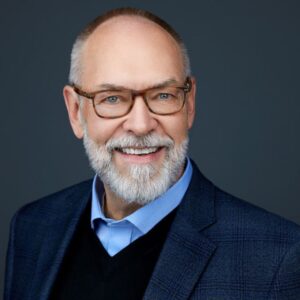Challenging conventions of senior living
More than 500 senior living designers, architects, providers and educators gathered Sunday at Disney’s Contemporary Resort in Orlando for the kickoff of the sixth annual Environments for Aging conference, being held through Tuesday. Here, senior living professionals are sharing the latest ideas and trends in senior living design at more than 50 educational sessions, site tours, networking events and exhibitor presentations.
William Thomas, MD, founder, ChangingAging, The Eden Alternative and the Green House Project, and a self-professed “nursing home abolitionist,” challenged the audience in his keynote address to “consider a radical reinterpretation of aging and the built environment.”
The charismatic geriatrician, author and educator proposed moving away from the western association of aging with decline—“a toxic, negative term”—to embracing the concept of “elderhood”—a rich, deep and natural evolution from the “adulthood” phase of life—with potential for growth, meaning and connection with community.
Elders shouldn’t be expected to live the “hyperactive, hyper-caffeinated” lives of today’s adults, Thomas said, “as if the ultimate badge of success goes to the busiest adult and where the successful older person acts, walks and talks like a young person.
“It’s not normal to be 80 years old and forced into a cultural straightjacket to a degree you resemble your 50-year-old self, Thomas said. “Society has lost touch of life beyond adulthood.
“When you outgrow adulthood you should put aside things of adulthood and live as an elder and speak as an elder,” Thomas said.
Thomas also rejects the popular concept of “aging in place,” with “its implied value that living alone in a house is better than anything ‘you people’ can come up with.”
It’s not true, Thomas insisted. “We can design environments much better than a big old house with leaky gutters and a bunch of clutter,” Thomas said. “Old people are not meant to be alone. Aging in place takes elders and sticks them in places that aren’t good for them and isolates them. I like ‘aging in community.’ Elders can live in their homes but have a life woven in their communities.
“It’s in our DNA to create community,” Thomas said. “How does your design function as a tool for community making?”

Patricia Sheehan was Editor in Chief of I Advance Senior Care / Long Term Living from 2010-2013. She is now manager, communications at Nestlé USA.
Related Articles
Topics: Articles , Executive Leadership , Housing











